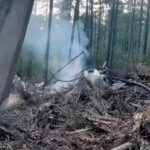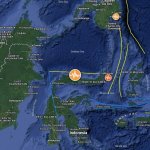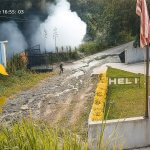A strong earthquake registered by the USGS as M5.9 hit the Afghanistan-Pakistan border region at 20:54 UTC on June 21, 2022 (01:24 LT, June 22). The agency is reporting a depth of 10 km (6 miles). EMSC is reporting M5.9 at a depth of 10 km (6.2 miles).
- As of early morning, June 22, the confirmed death toll was 280. By 10:20 UTC, the death toll skyrocketed to 930 and to more than 1 000 by June 23.
- This is now the deadliest earthquake to hit Afghanistan since 2002.
- Numerous homes have been destroyed.
- The earthquake hit about 500 km (300 miles) NNE of a deadly M6.4 earthquake on October 10, 2008, in western Pakistan, killing 166 people and destroying several villages from triggered landslides.
The epicenter was located about 44.6 km (27.7 miles) SW of Khōst (population 96 123) and 61.2 km (38 miles) SSE of Gardez (population 103 601).
There are about 3.4 million people living within 100 km (62 miles).
7000 people are estimated to have felt very strong shaking, 119 000 strong, 884 000 moderate and 17629000 light.
The USGS issued a Yellow alert for shaking-related fatalities. Some casualties are possible and the impact should be relatively localized. Past events with this alert level have required a local or regional level response.
A Green alert was issued for economic losses. There is a low likelihood of damage.
Overall, the population in this region resides in structures that are extremely vulnerable to earthquake shaking, though some resistant structures exist. The predominant vulnerable building types are informal (metal, timber, GI etc.) and adobe block construction.
Recent earthquakes in this area have caused secondary hazards such as landslides that might have contributed to losses.
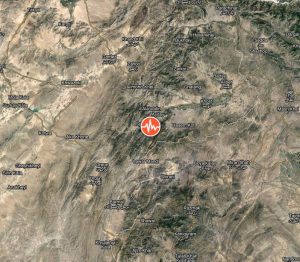
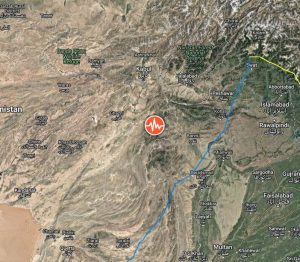
Numerous homes in Afghanistan were completely destroyed in Paktika Province.
Officials in Afghanistan said at least 1 000 people have been killed and more than 1 500 were injured, adding that the toll is expected to rise as information comes in from remote mountain villages.
According to Afghanistan’s Interior Ministry official Salahuddin Ayubi, most of the deaths were in Paktika Province, in the districts of Giyan, Nika, Barmal and Zirok.
The quake coincided with heavy monsoon rains in the region, making traditional houses made of mud and other natural materials, vulnerable to damage.
There are no reports of casualties coming from Pakistan but tremors were felt widely across the country.
Estimated population exposure to earthquake shaking
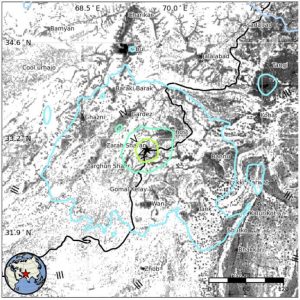
References:
The Watchers





